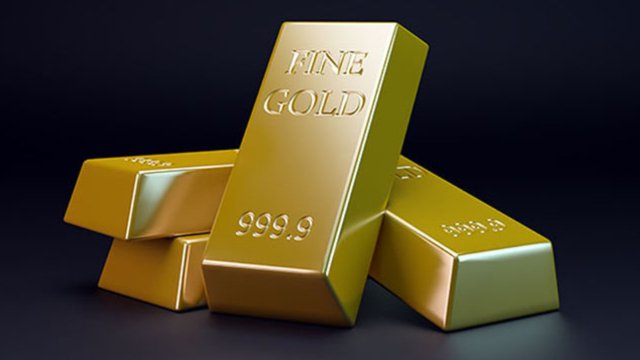- Gold prices are hovering near record highs amid growing optimism about interest rate cuts by the Federal Reserve.
- At the start of trading this week, gold prices are stabilizing near the resistance level of $2,418 per ounce, close to last week’s rally which saw it reach the resistance level of $2,424 per ounce.
- Recently, a range of U.S. economic data, including the core consumer price index, has suggested that U.S. inflation is easing.
- This could give Federal Reserve Chairman Jerome Powell and his colleagues the confidence they need to cut U.S. interest rates.

Moves in federal funds futures suggest bond traders are beefing up betting that the Federal Reserve will cut U.S. interest rates by 0.5 percentage points in September, rather than raising them by 0.25 percentage points as expected. Moreover, lower interest rates tend to favor interest-free gold. Spot gold prices on Friday reversed losses that followed the release of the U.S. Bureau of Labor Statistics’ producer price index data and rose toward a record high of $2,450.07 an ounce hit in May, according to gold trading platforms.
Overall, gold is up 17% this year despite headwinds from rising interest rates and sluggish inflation, thanks in large part to robust central bank purchases, investor demand and its appeal as a safe haven asset amid rising political risk.
Gold has surprised many observers by hitting record levels this year, even as persistently high interest rates and inflation have raised hopes of a change in policy from the Federal Reserve. Prices have been bolstered by aggressive purchases by global central banks, investor demand for a safe haven amid geopolitical tensions, and purchases by Chinese consumers.
Data on Thursday suggested U.S. inflation is easing again after spiking earlier this year, but overall economic activity appears to be slowing. On Wednesday, Federal Reserve Chairman Jerome Powell concluded his second day of testimony in Washington, saying the U.S. central bank doesn’t need inflation to fall below 2% before it cuts interest rates. Rising interest rates are a headwind for gold as a non-interest-bearing asset.
“Weaker than expected inflation data is exacerbating the rally in precious metals prices,” said Ryan Mackay, senior commodity markets analyst at TD Securities, in a statement about the impact on gold. “This increases the likelihood that major macroeconomic groups, who have been on the sidelines until now, will regain interest in gold.”
Today’s Gold Price Forecast and Analysis:
Following the assassination attempt on President Trump, global tensions have sparked interest in safe haven gold purchases. Through our live trading recommendations page, we have frequently recommended buying gold on the dip. Clearly, bulls continue to control the overall trend by sustaining above the psychological resistance of $2,400 per ounce, while technical indicators point towards strong overbought levels. Currently, gold’s nearest resistance is at $2,422, $2,435, and $2,455 per ounce, respectively. Meanwhile, gold’s nearest support is currently at $2,388 and $2,370 per ounce. Gold prices will continue to monitor the level of the US dollar and investors’ risk tolerance, as well as upcoming policies of global central banks.
Ready to trade our gold forecasts? We have handpicked the most trusted gold brokers in the industry.

